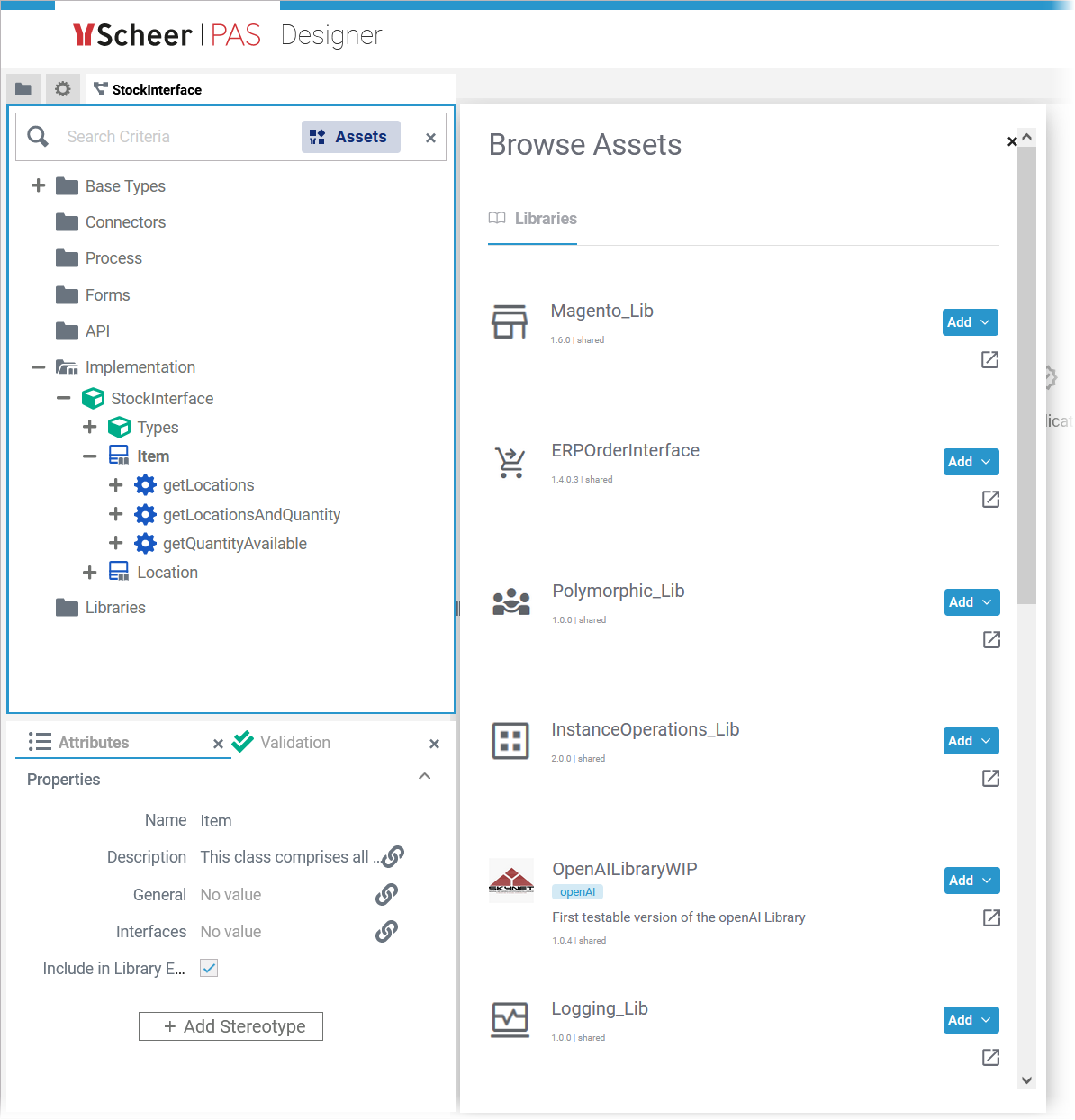Home [spacer] Shaping Shifting Skies: Microservices’ Puzzle in Business Evolution
Shaping Shifting Skies: Microservices' Puzzle in Business Evolution

Imagine working on a puzzle on which all pieces fit in any place. Seems daunting?
Because creating a big picture is often difficult and the puzzle pieces in business are rarely distinct in such way that it helps. Just think about fitting the pieces of sky. Why would creating a puzzle on which all pieces fit in all places be helpful in any kind of way?
Just in the last couple of years, the figurative sky of business world has shattered so quickly that a lot of companies failed to pick up the pieces of the puzzle that they had almost finished in the years prior. The market changed so rapidly and drastically that many of the top players disappeared just because their leaders could not see “the sky” from all of the missing puzzle pieces. The pieces changed, their ends transformed, and nothing could be fitted anywhere anymore. Talking less metaphorically but still on the same subject, airlines were hit the worst alongside with hospitality industry, energy service providers, automobile industry, and specialty retailers (in this exact order - Source).
There were talks about the “New Normal” which not only people as consumers needed to accept but the businesses as well. Getting back to the metaphor, the sky which figuratively shattered was a part of that “New Normal”. The most difficult pieces of puzzle just weren’t fitting anymore, and some new horizons appeared for some, while others were left to pick up the pieces – no pun intended. If you have read our blog about the failed monolithic systems (which you should), you’re probably already seeing the big picture – again, no pun intended.
Forcefully trying to fit all the pieces of a business puzzle as they were, became a pointless effort, and the transition from the monolithic systems to ones which use the flexibility of made this pointless effort the “Old Normal”. As the big picture (or the market) constantly changes, instead of reorganizing and putting together all of the puzzle pieces from scratch, why shouldn’t you just accept the new picture which is changing so fast it basically became a video? Videos are taking over photos. Right?

To get back to the topic, monolithic systems are a thing of the past. The majority of the businesses that rely on them will sooner or later face the fact that in order to benefit from the changes in the market, they have to change as well. One way of implementing the microservices is to create them from scratch but that requires both manpower and time. The other way, and in the opinion of many analysts – the right way, is to use Low-Code app development, integration with the legacy systems to ease the transition, and microservices which all communicated with each other.
Basically, by making the business puzzle pieces smaller and all fitting everywhere, industry leaders have transitioned from seeing “the big picture” (a.k.a. the future of their business), to watching the video of the current and everchanging market with all of their pixels (interconnected microservices) reacting in real time to show the entire scene.
However, there is a problem.

Creating microservices is a time-consuming process which requires great coordination between the business and the IT sector of any company. Low-Code development can speed up the process alongside the creation of the fusion-teams. Still, the transition to microservices is long and difficult, especially if each service (or the piece of the puzzle) has to be created from scratch.
Reusing the previous pieces and borrowing them from others is the main key in streamlining this process and actually taking advantage of microservices. Composability is something that cannot be achieved without reusability (Source).
Basically, to finish the metaphor, microservices are essentially small puzzle pieces which fit in all places of the “big picture” of business, and no matter the changes in the market, these puzzle pieces change with it, while keeping their ends open for connection.
Nowadays almost everyone is at the crossroad choosing between holding on to the existing systems which may me familiar and easy to use but cannot change or adapt or going through the process of transition to microservice architecture (which is empowered by the reusability aspect).
Other than streamlining the process of the transition to the microservice architecture, there are a lot of direct benefits of actually reaching that goal.

- Rapid Application Development and Communication:
Microservices empower businesses to develop applications more swiftly than ever before. Each microservice, like a specialized puzzle piece, serves a specific function within the larger system. This modularity allows teams to work independently on different microservices, resulting in faster development cycles. Furthermore, these microservices communicate seamlessly with each other, enabling the sharing of data and resources. Imagine if each piece of your puzzle could self-adjust its position and seamlessly exchange information with its neighboring pieces.
- Scalability without Overhaul:
In the monolithic world, expanding your business often meant restructuring the entire system. With microservices, growth is less daunting. When your business expands, you can add new microservices tailored to the new requirements, without disrupting existing services. Like adding new puzzle pieces to an already assembled section, scaling becomes a matter of extending your solution, not overhauling it.
- Efficient Resource Utilization:
Just as the right puzzle piece fits perfectly in its designated spot, microservices allow for precise resource allocation. Each service can be optimized for its specific task, ensuring efficient use of computational power and memory. This fine-grained resource management means your investments yield maximum returns, much like a perfectly completed puzzle.
- Resilience and Continuity:
Picture a puzzle with a missing piece – the entire picture may remain incomplete. Similarly, a failure in a monolithic system can lead to a complete breakdown. Microservices, on the other hand, offer a safety net. If one microservice encounters an issue, the rest can continue functioning. It's akin to a puzzle with interconnected sections – if one section has a gap, the rest remain intact.
- Adaptability to Change:
The business landscape is like a dynamic video, always evolving. Microservices mirror this dynamism. As market conditions change, microservices can evolve, adapt, and even be replaced, all without disrupting the entire system. Imagine a puzzle that can morph its pieces to create a new image, allowing your business to stay aligned with market trends.
In essence, microservices are the ultimate evolution of the puzzle metaphor. Each piece is specialized, adaptable, and seamlessly integrated, enabling your business to navigate the complex puzzle of the market with agility and precision.
In our exploration of the intricate world of business transformation, we've likened it to solving a complex puzzle. Each piece fits intricately into the bigger picture, embodying the agility and adaptability that modern businesses need. Today, we unveil an exciting addition that seamlessly aligns with this puzzle-solving journey: the Scheer PAS Asset Repository.
What is Scheer PAS Asset Repository?

The Scheer PAS Asset Repository offers pre-designed puzzle pieces that fit seamlessly into your business architecture, accelerating development. The Asset Repository provides access to a collection of agile microservices designed to enhance efficiency.
Collaboration is encouraged through the Asset Repository, allowing you to share your unique microservices within the Designer platform. This fosters innovation and ongoing evolution of the puzzle pieces.
The Asset Drawer, an extension of the Asset Repository, acts as a catalog of diverse microservices. It's easy to explore, select, and integrate these assets, and updating them is effortless, ensuring your puzzle is always current.
Clear and comprehensive documentation, provided by the Publish Assets wizard, makes integration smooth for developers using your microservices.
The Asset Drawer's seamless integration of updated microservices reflects the adaptable nature of business, enabling you to navigate changing market dynamics with ease.
Want to know more? Click here
Continuing the Microservices Journey
As we conclude this chapter of our exploration, the Scheer PAS Asset Repository emerges as a natural extension of the microservices ethos we've been discussing. It isn't just a tool; it's an embodiment of the principles that empower modern businesses to evolve, innovate, and succeed.
So, whether you're already well into your microservices journey or just embarking on it, the Asset Marketplace is here to offer a helping hand – a collection of puzzle pieces that enrich your business's tapestry of success.
